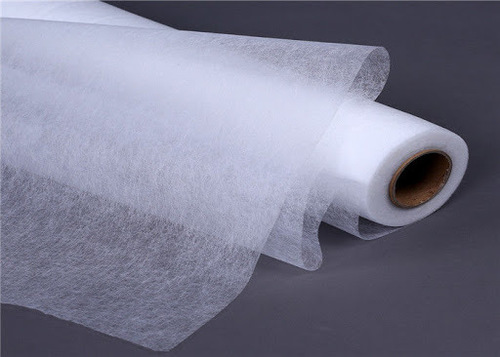Non Woven Fusible Interlining
7 INR/Meter
Product Details:
- Product Type Linings
- Material Polyester
- Lining Type Fusible
- Fabric Type Other
- Pattern Plain
- Length 1016 Millimeter (mm)
- Width 2032 Millimeter (mm)
- Click to View more
X
Non Woven Fusible Interlining Price And Quantity
- 7 INR/Meter
- 5000 Meter
Non Woven Fusible Interlining Product Specifications
- 1016 Millimeter (mm)
- Other
- Polyester
- 2032 Millimeter (mm)
- Linings
- Mix
- Fusible
- Plain
Non Woven Fusible Interlining Trade Information
- Cash Against Delivery (CAD), Cash Advance (CA)
- 5000 Meter Per Day
- 3 Days
- Yes
- Free samples are available
- 80 to 100 meters per roll
- All India
Product Description
Tell us about your requirement

Price:
Quantity
Select Unit
- 50
- 100
- 200
- 250
- 500
- 1000+
Additional detail
Mobile number
Email
Other Products in 'Non Woven Interlinings' category
Works Address:
Near Cement Godown, Kanganwal,
Focal Point Ind Area-C, Ludhiana (Punjab)
Phone: +91-161- 2512222
Fax: +91-161-2512223
Contact Person: Mr. Manish Jhanji
Mobile: 08068090068








